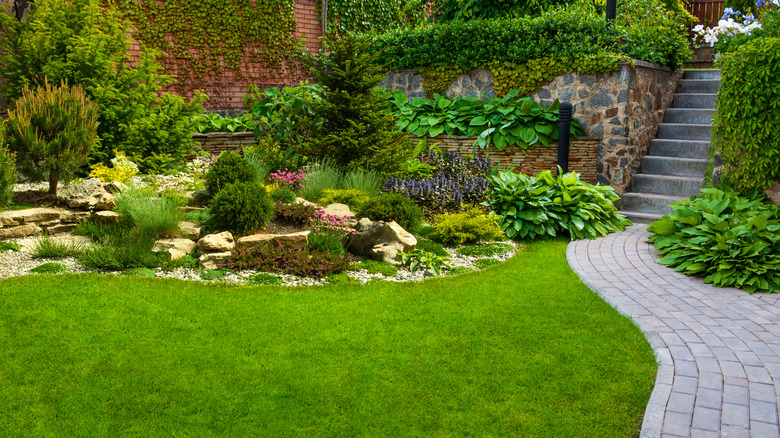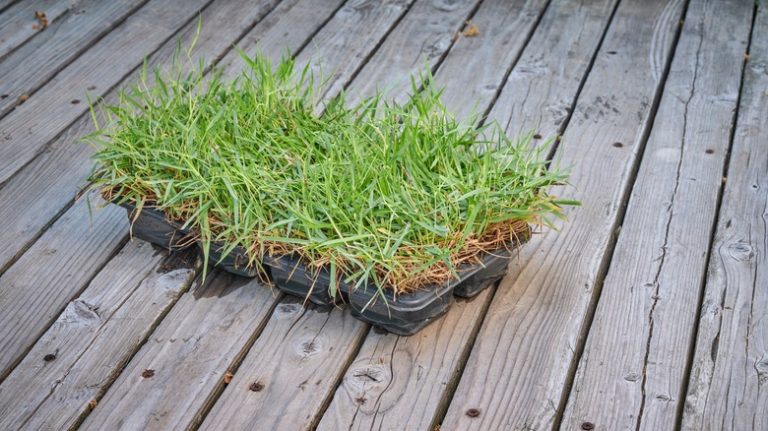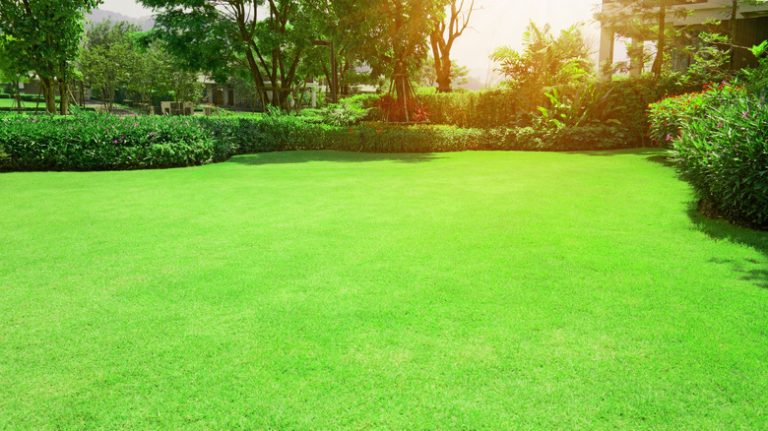Landscape edging is the process of creating sharp lines between different parts of a lawn — for example, between turf areas and garden beds. The edges keep landscaped sections separate so they don’t merge or spill over, and the crisp lines make the lawn look neat and well-maintained. It’s common to create edges out of stones, wood planks, concrete blocks, and metal or plastic, but the materials and installation will cost you, especially if you want a more stylish look. The Lawn Dad on TikTok suggests ditching these for a DIY approach that will help you landscape your yard on a budget.
Natural landscaping edging is a simple approach to constructing a lawn edge that doesn’t require the hassle of using edging materials like plastic and metal edging in your lawn. Plastic edging can be destroyed by the mower or fade from sun damage, while metal edging is on the expensive side and can corrode. With natural edges, you won’t have to worry about replacing any material. This approach also has the unique quality of blending seamlessly into the environment and maintaining a natural look while still giving you sharp, defined borders.
DIY landscaping edging
Have y’all seen the price for metal or plastic landscape edging? Horrendous. Not only price- most of that stuff is a waste of time anyways. Try this! Spend the money on the plants instead. #landscapediy #lawndad #diylawncare #lawncare #lawnrenovation #diy #diyproject
♬ Natural Emotions – Muspace Lofi
Watch on TikTok
The Lawn Dad recommends removing artificial landscape edging to cut costs and create longer-lasting edging. To create a new edge or redefine an old one, start by digging edging lines about 4 to 6 inches deep with an edger from any home improvement store. A manual edger is great for straight lines but it helps to have a mechanical edger on wheels if you need to make clean curves.
Next, clear away the lifted dirt with a flat shovel, use a trenching shovel to create a valley at the edge, and clear it out. Make the edge crisp with your sharp edger and then bring some mulch right to the edge. The mulch will suppress weeds from growing and also define the lines. Another bonus of this method is that you can easily change bed shapes by digging new lines. One thing to consider is that natural edges will need ongoing maintenance to stay sharp and crisp.




